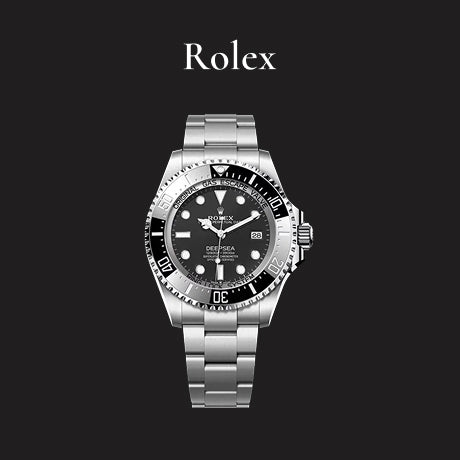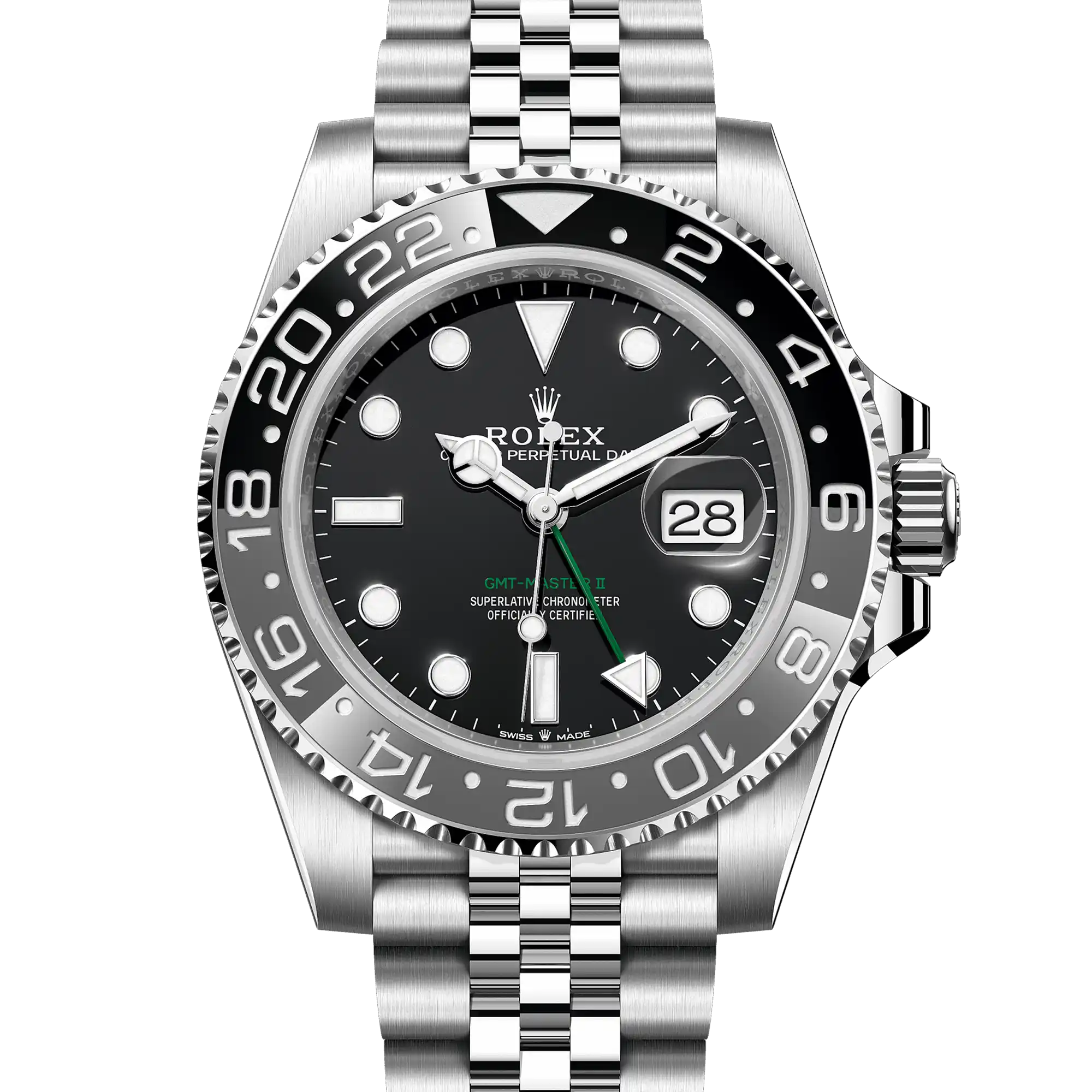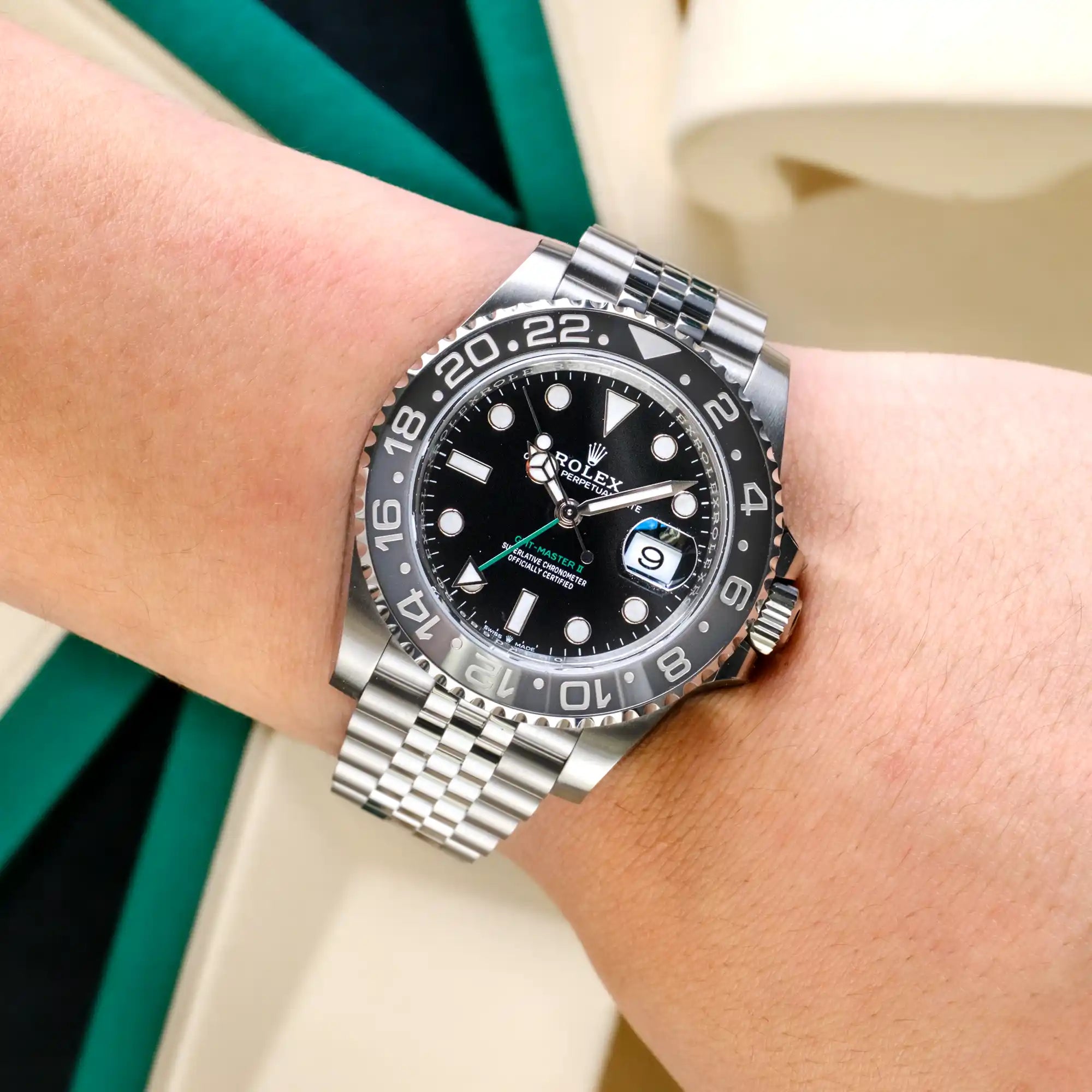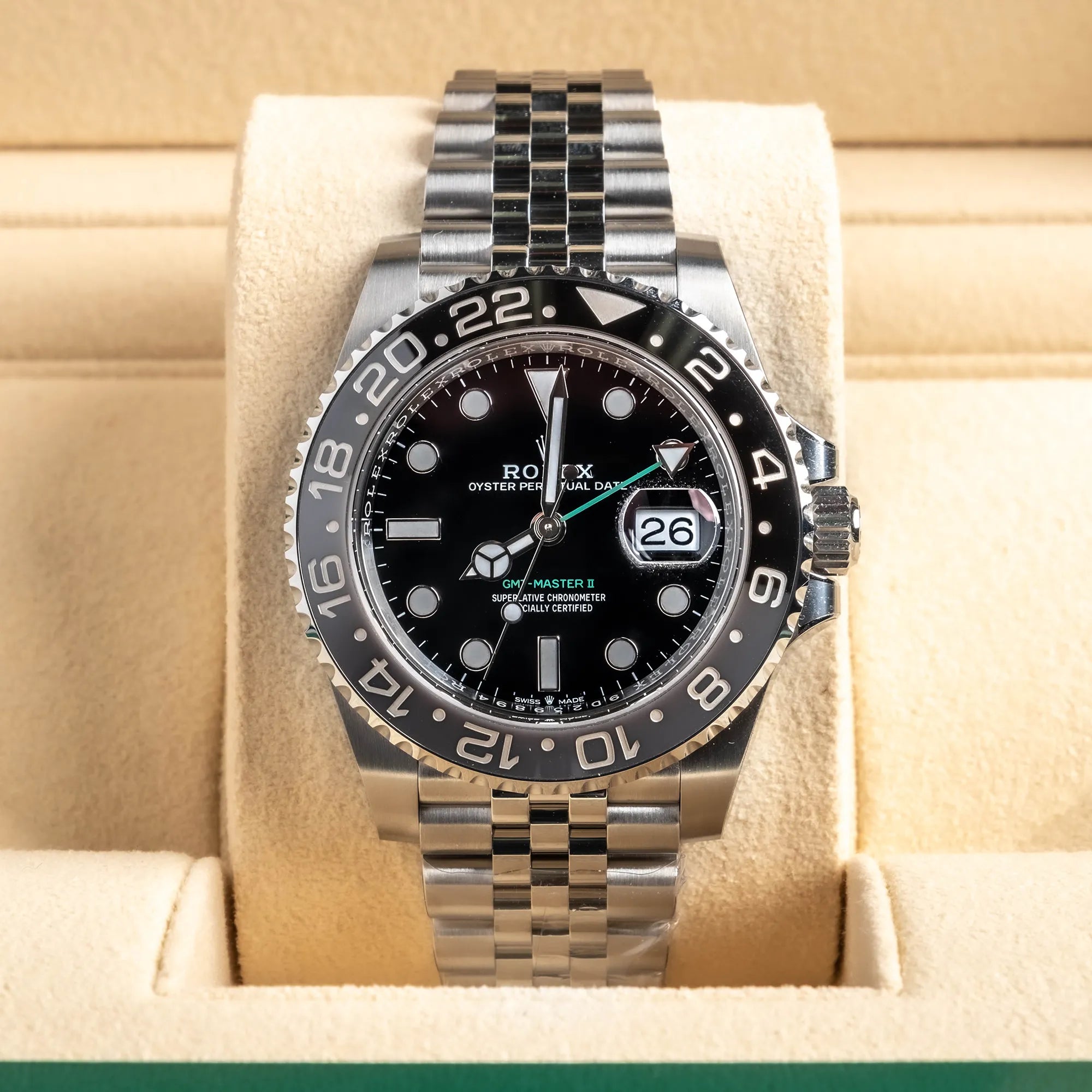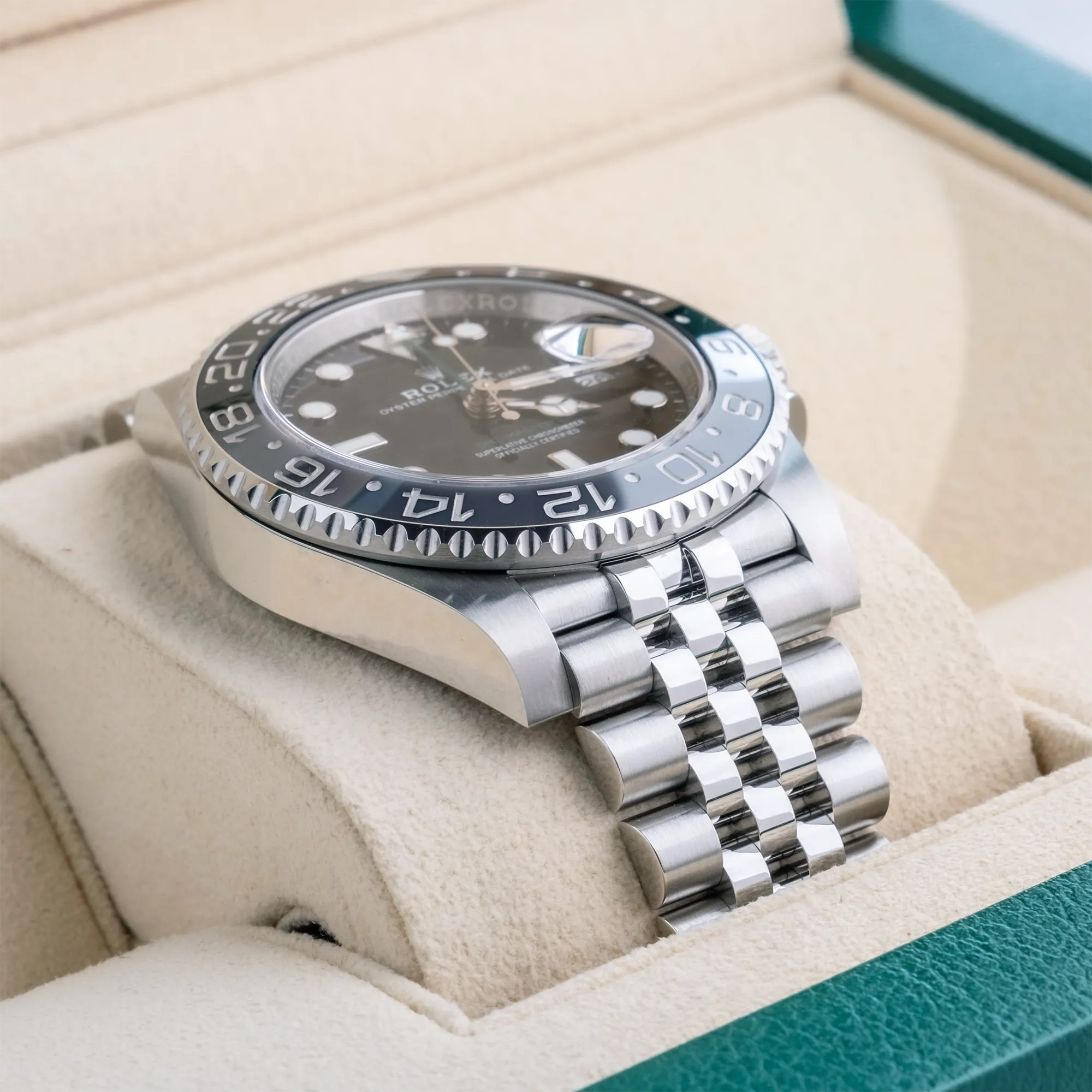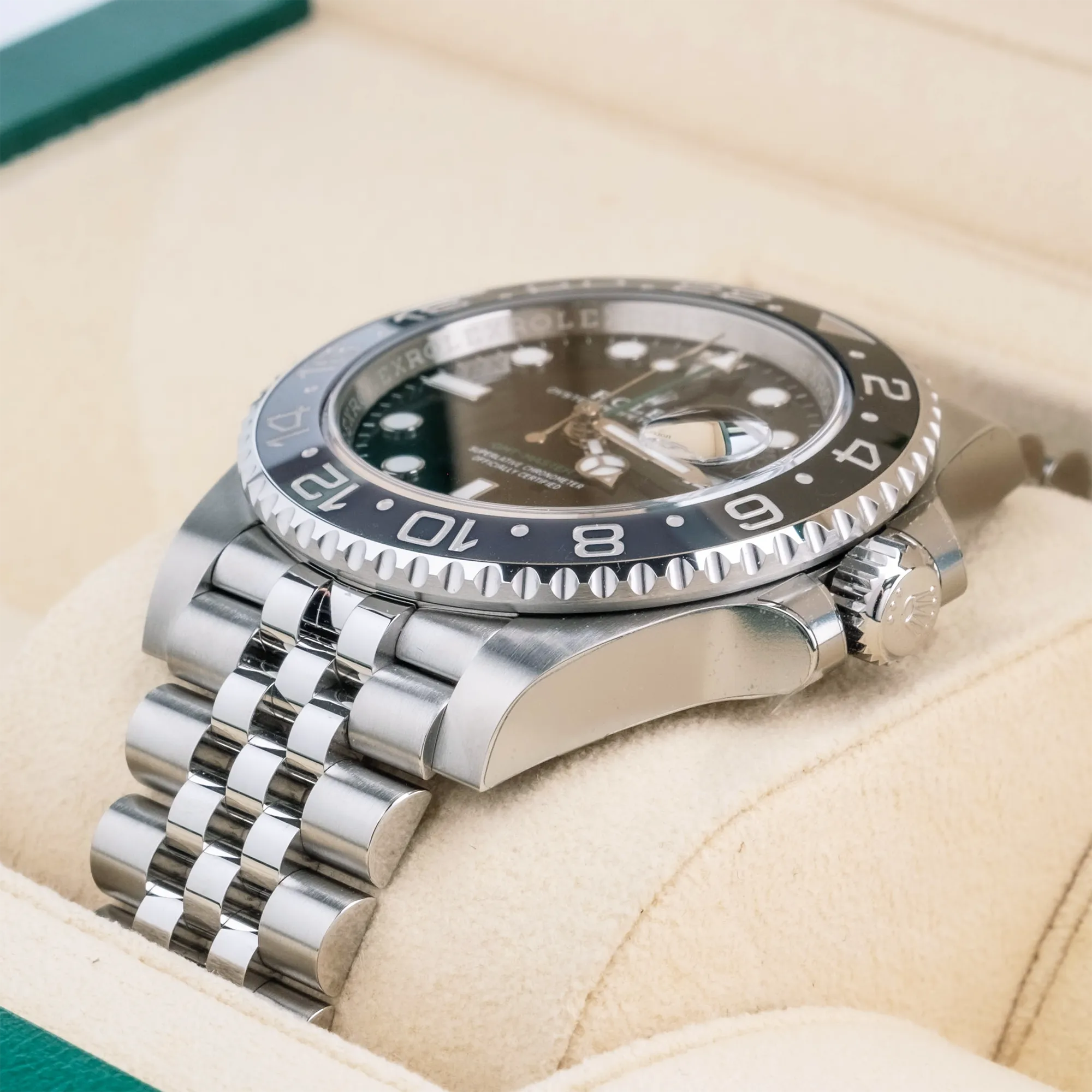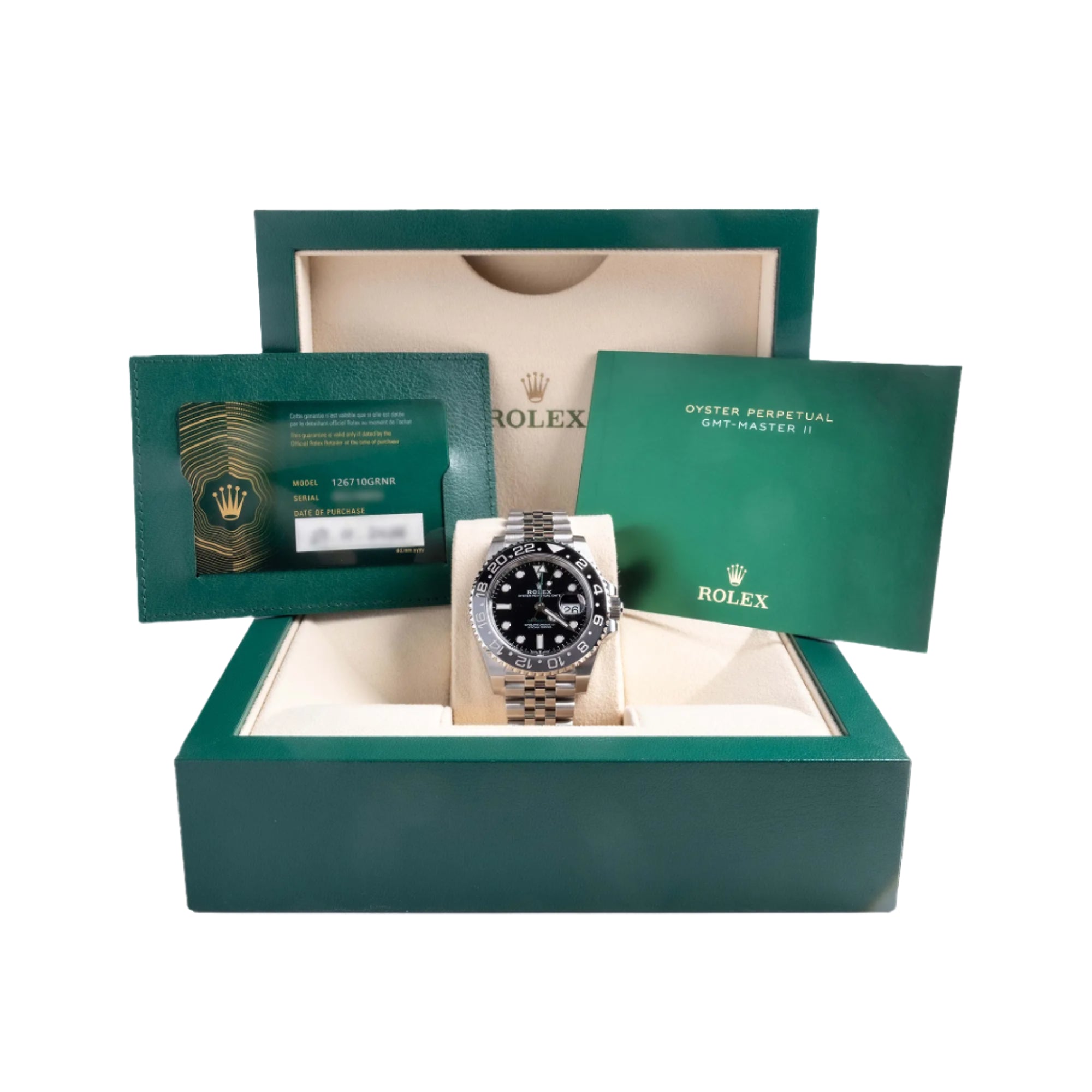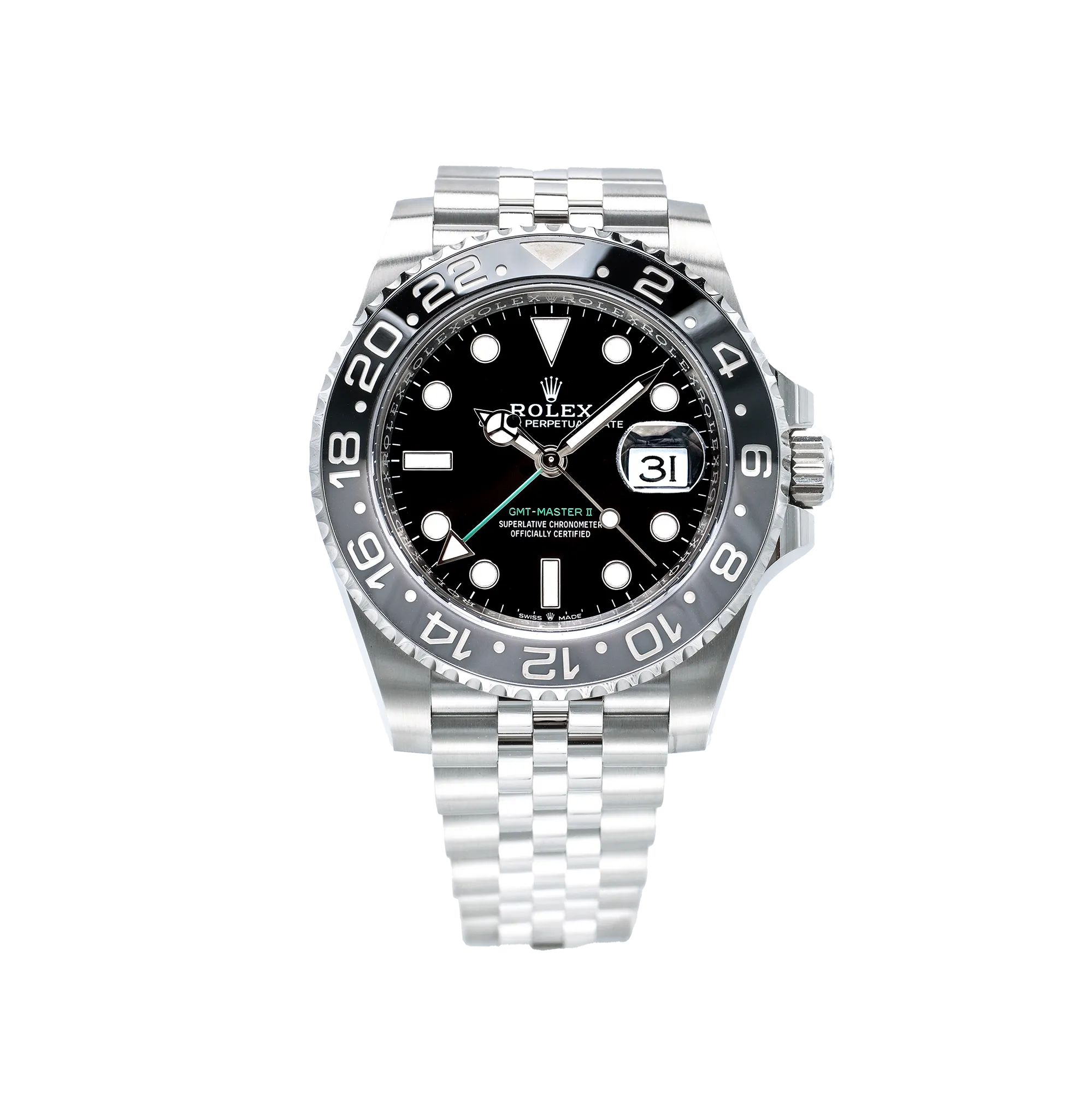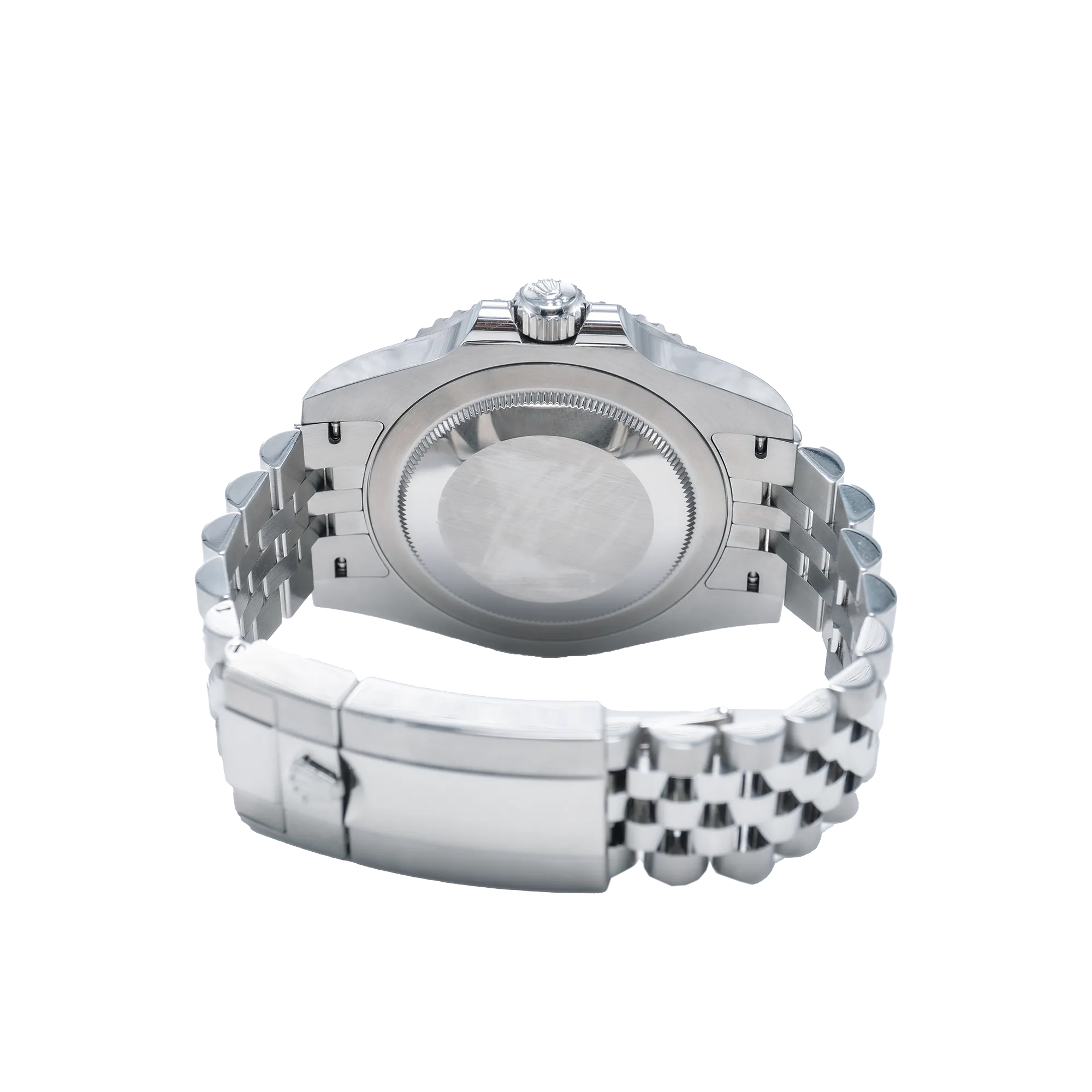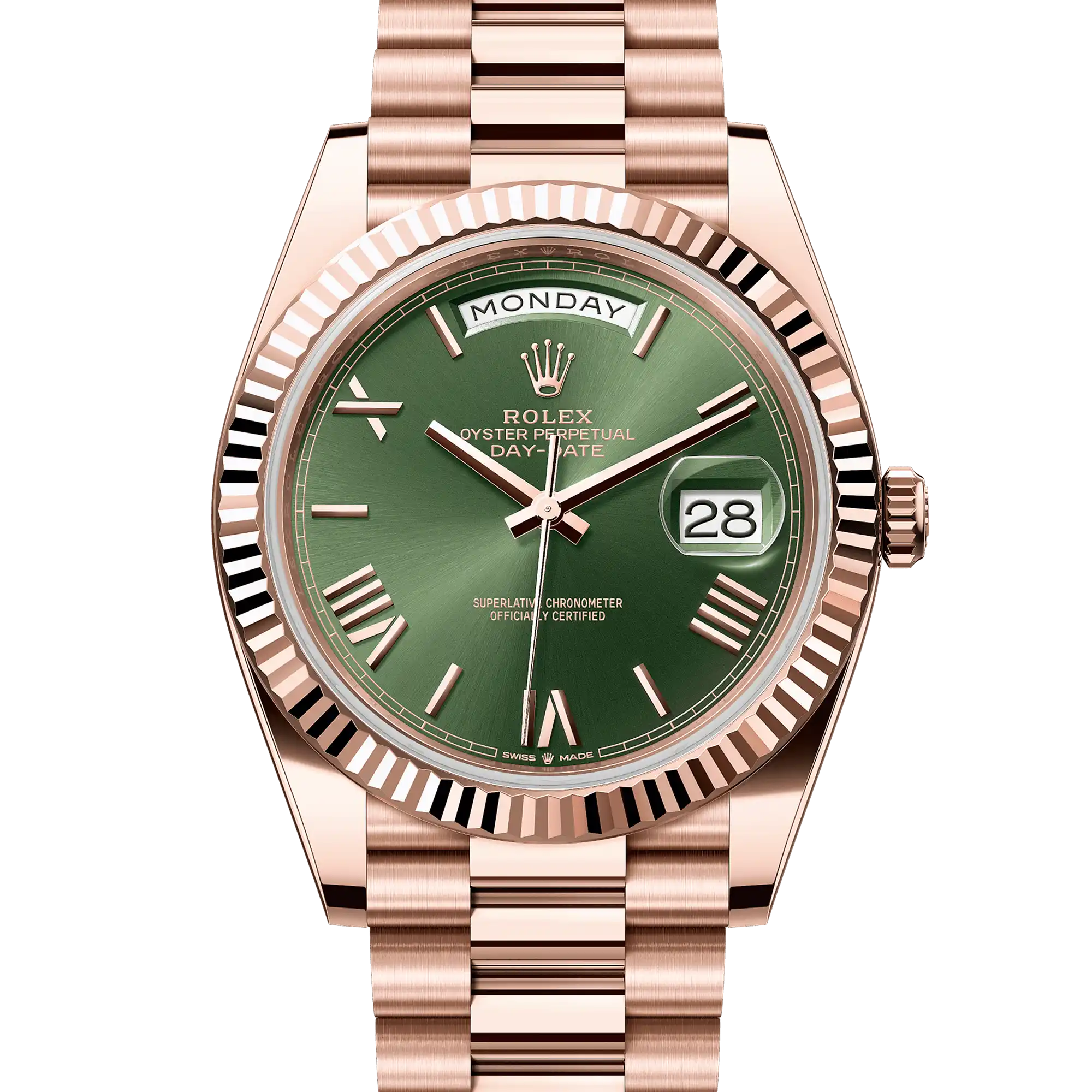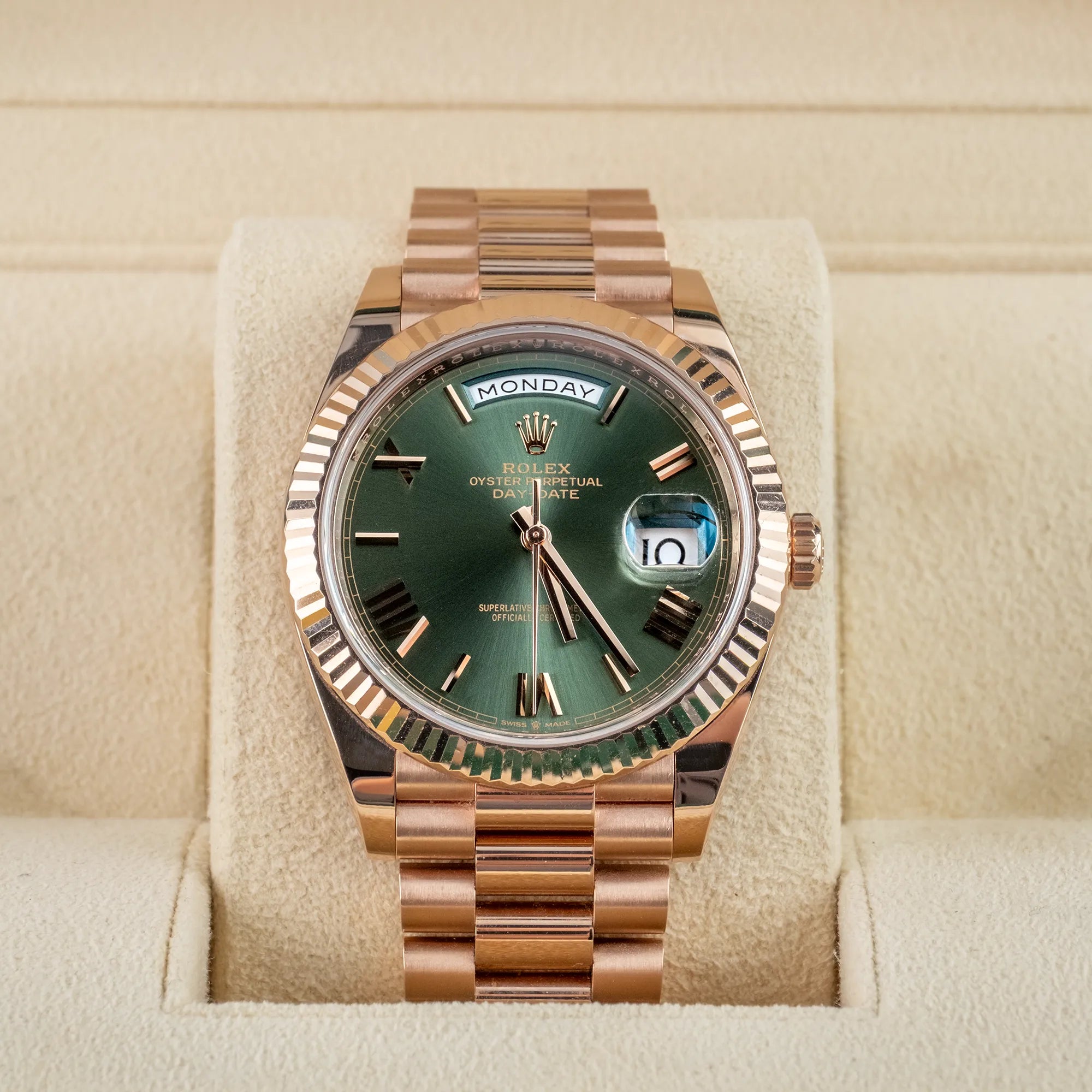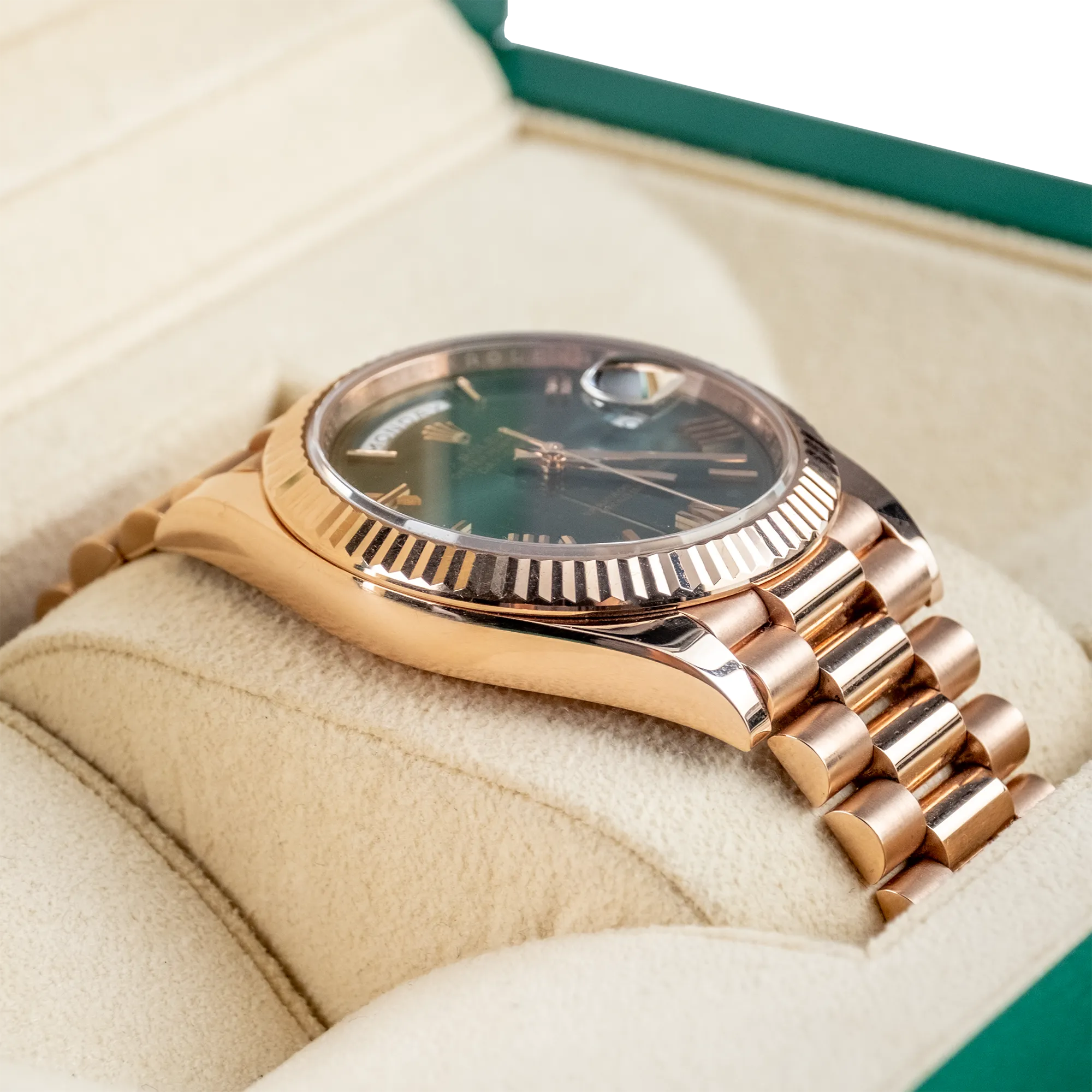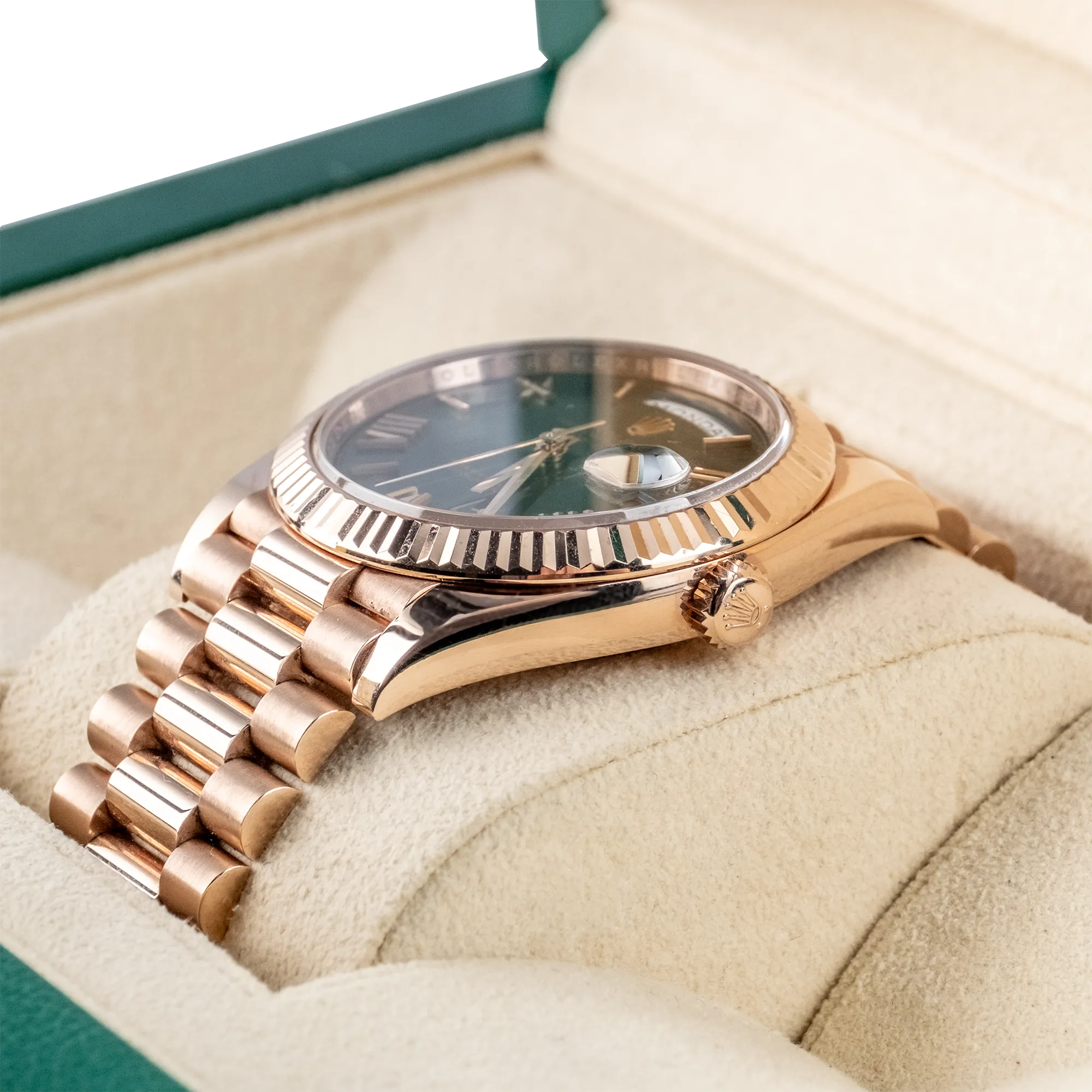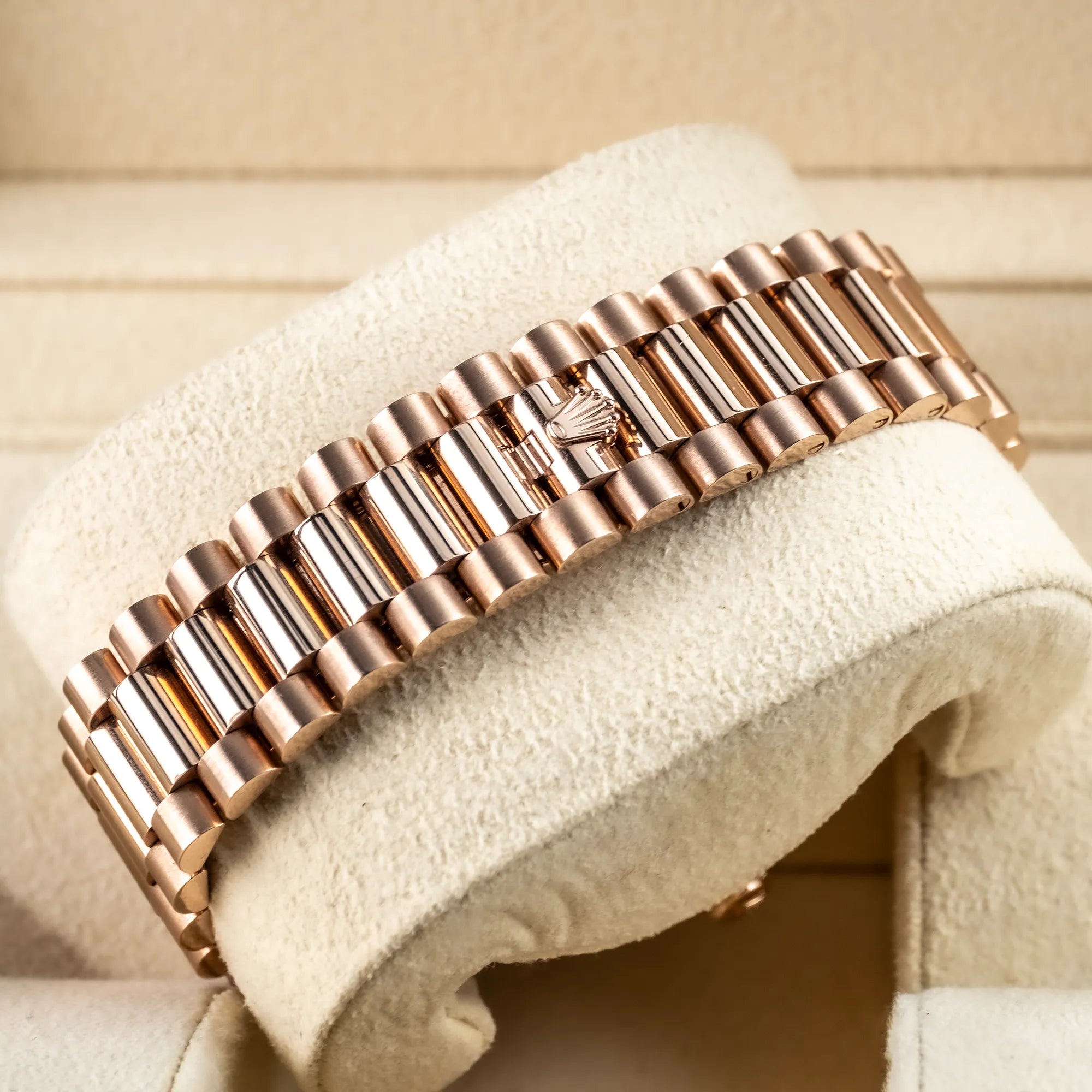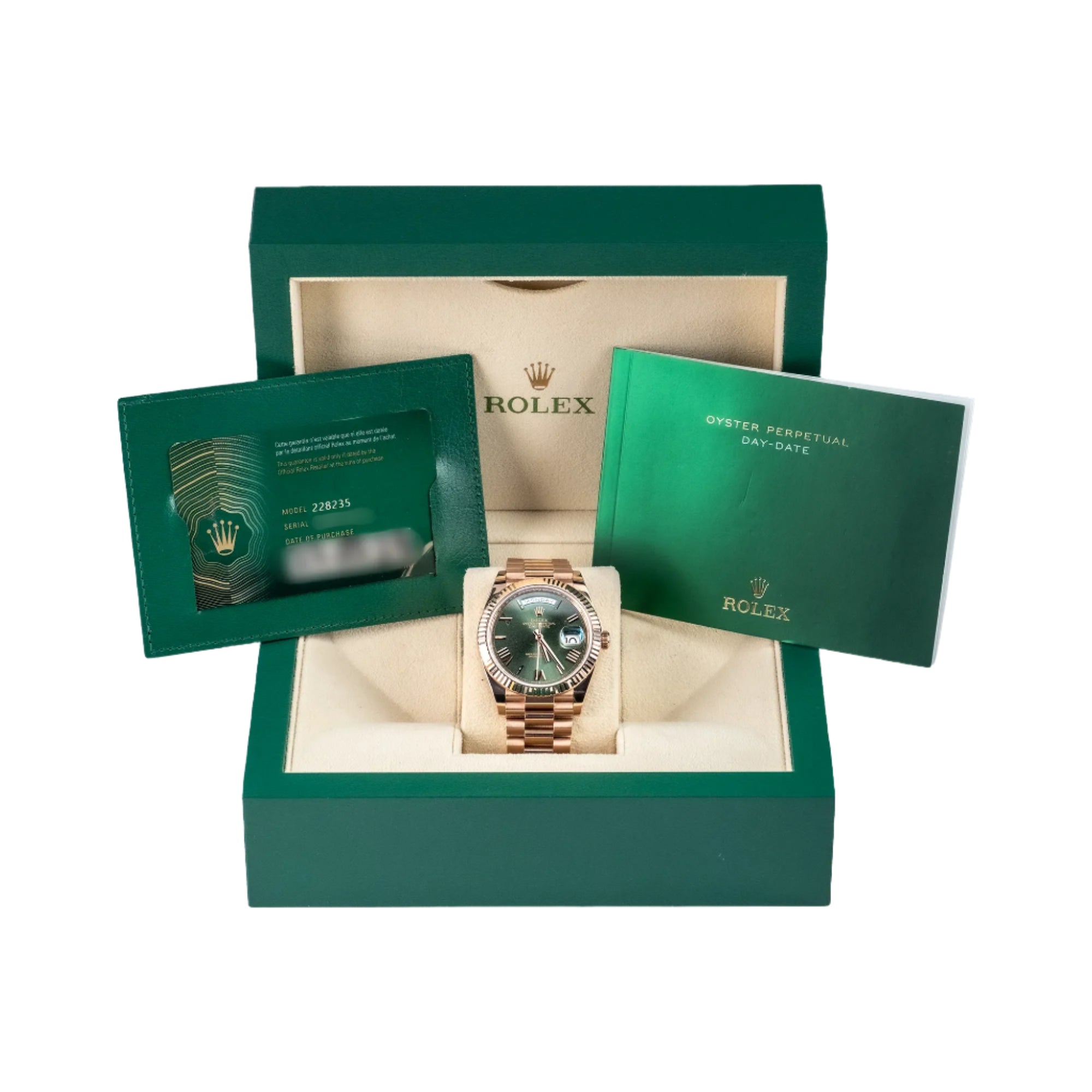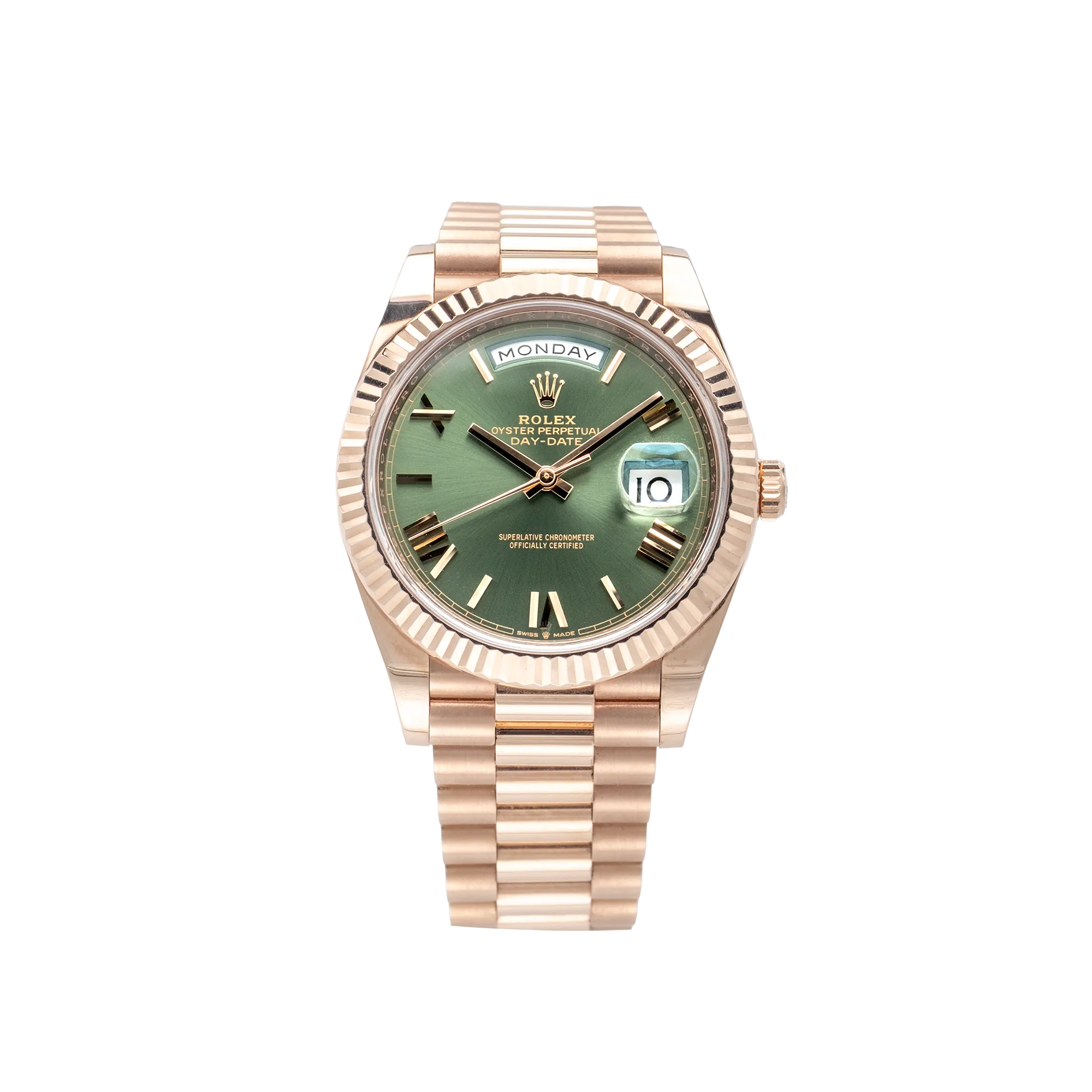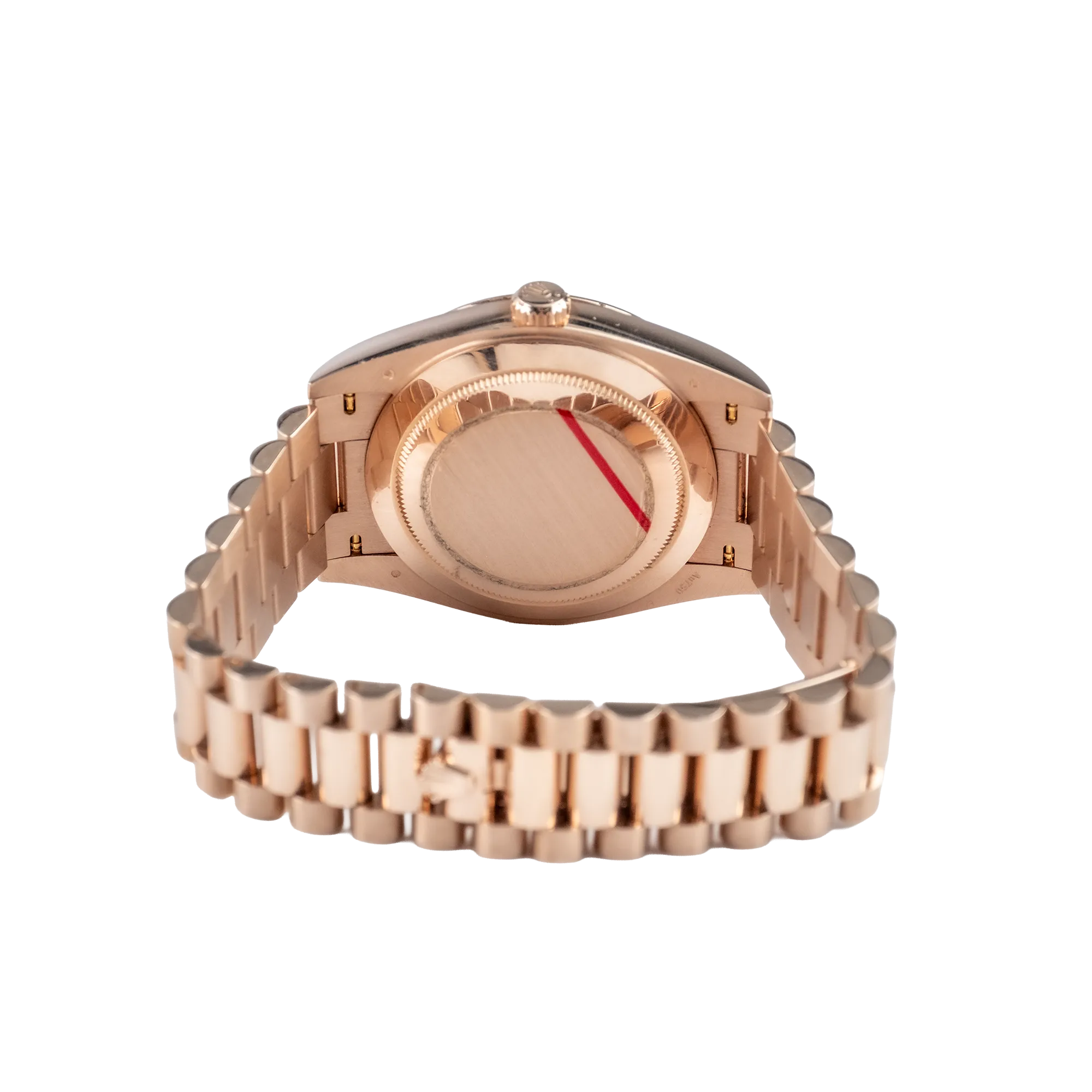What You Need to Know About Polishing a Rolex Watch
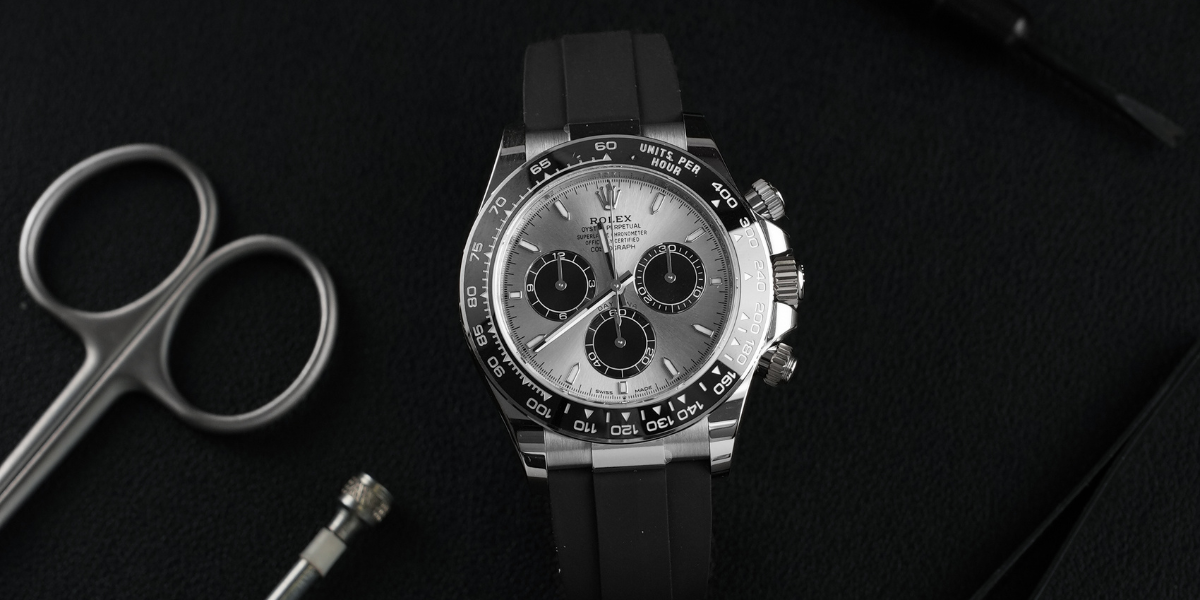
Every Rolex that is worn has suffered scratches over time. It's natural. The clasp rubs against the table, the bracelets rub against the buttons, and small imperfections are quickly noticed. Some owners consider these scratches a source of pride and a sign of their dedication to their watch. Others, however, find them annoying and are encouraged to try polishing them.
Polishing is often compared to car maintenance. Professional care can leave a car looking like new, but excessive maintenance over the years can weaken the paint or dull the edges. With a Rolex, the concept is similar. Careful polishing can leave a watch looking like new, but each polish removes a thin layer of metal, which changes it over time.
What Polishing Really Does
When polishing a Rolex, watchmakers use fine abrasives to smooth out scratches and restore the finish. Brushed surfaces, like those on Oyster bracelets, are restored with special tools to replicate the wood grain. Polished areas, such as the sides of a gold case or the center links of a Jubilee bracelet, are restored to their mirror-like shine.
At an Authorized Rolex Service Center, polishing is performed as part of a complete service, unless requested by the customer. Rolex uses exclusive techniques to ensure the case shape is as close as possible to factory standards. However, even Rolex's meticulous work can remove microns of metal, which can be a source of controversy.
The Appeal of Polishing
The satisfaction of seeing a freshly polished Rolex is undeniable. Imagine holding a yellow gold Day-Date watch on your first day. The case reflects the sunlight like a mirror, and the bracelet radiates a warm glow. Over years of wear, this reflection gradually fades as scratches accumulate and the surface dulls. Careful polishing can restore its former luster. The case shines once again, and the bracelet gleams, making it look brand new. Whether you wear your Rolex every day, plan to give it as a gift, or sell it, polishing can help you rediscover the joy of owning it.
A light hand polish, intended to remove oxidation and finer scratches, is generally harmless. If done correctly, it can preserve the watch's beautiful appearance without diminishing its beauty.

A Rolex case before polishing (left) and after polishing (right)
Risks to Consider
The danger lies not in the polishing itself, but in an improper polishing technique or polishing too frequently. An inexperienced watchmaker using a machine polisher can ruin a Rolex watch. The sharp lines of the case become rounded, the lugs lose thickness, and the flawless, factory-finished look that defines the watch's individuality is lost.
That's why collectors prefer to be cautious. Every polish removes a bit of the watch's original character. In modern Rolex models, the impact on resale value is usually minimal. But in vintage models, the difference can be dramatic. For example, a vintage Submariner with thick, flawless lugs can sell for thousands of dollars more than an overly polished model. Collectors will pay a premium for originality, even if the case is scratched.
When and how often should you polish your watch?
If you're concerned about scratches, a reasonable frequency is every 7 to 10 years for an everyday Rolex. A non-vintage Rolex can benefit from polishing every 10 years to restore the shine to its fluted bezel and bracelet. If you have a vintage Submariner or Daytona, it's best to avoid polishing. Scratches on these watches tell their story and help maintain their collectible value.

Yacht Master Chocolate Dial(Left) and Rhodium Dial(Right)
Whether or not to polish your Rolex depends on your preference as an owner. If you consider your Rolex a treasure to be enjoyed daily, a gentle polish from time to time will help maintain its shine. If you consider it an investment, or if you own a rare vintage model, it may be wise to leave it in its natural, factory-fresh condition.
The more important thing is not whether to polish it, but who does it. A skilled craftsman can bring out the best in your Rolex, while an inexperienced one can diminish its value.
Scratches on a Rolex are inevitable, but how you treat them is up to you. Polishing can restore beauty and shine, but it also carries risks. For newer models, a polish is fine. For vintage Rolexes, it's advisable to maintain the original look.

